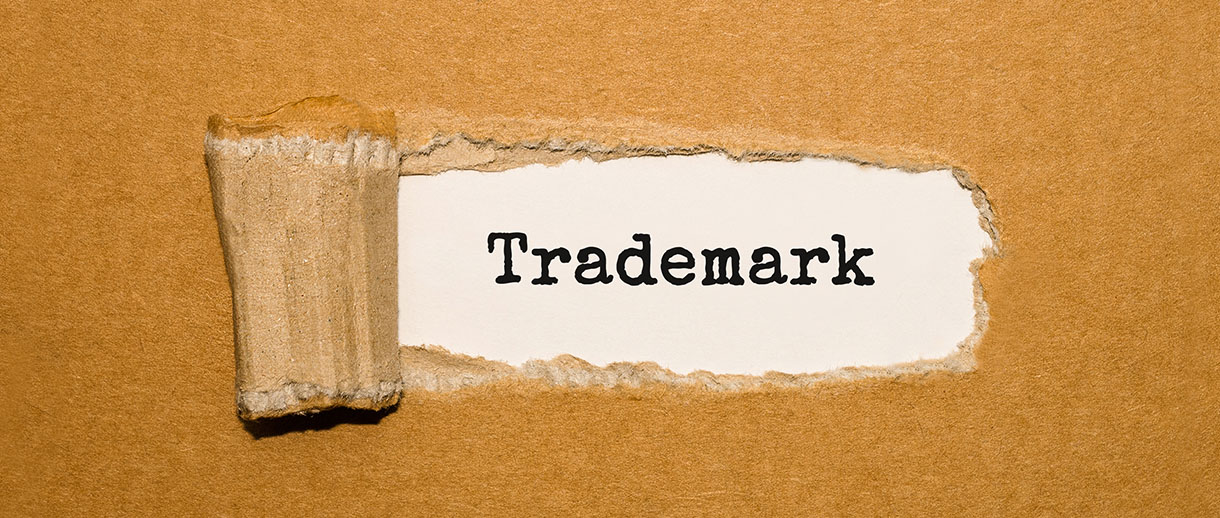
The odds of successfully obtaining or protecting a trademark depend on various factors. For example, the presence of identical or similar marks, either pre-existing on the trade marks register or available in the market is a fundamental test. Another factor is the proposed mark’s distinctiveness, or its ability to stand out on its own. The underlying question is whether the mark owns substantial distinctiveness and can leave a lasting impact in the consumers’ minds.
The Distinctiveness Spectrum
The ‘sliding scale’ theory, or ‘distinctiveness spectrum’, in trademark law, helps determine the strength of marks. The spectrum classifies marks in categories ranging from distinctive to generic, in an order along the following lines: (1) generic, (2) descriptive, (3) suggestive, and (4) arbitrary/distinctive. Each of these characteristics are defined and generally understood. However, the lines between these categories are blurred and not often separable at the edges. It becomes more complicated when discussing trademarks used in connection with different goods or services, for a mark that is distinctive in one class may be generic in another.
A brief typology of these categories is provided thus:
- A generic mark is one that bears reference to, or has over time, acquired such reference to the class of products that it is applied to. Such marks are denied registration.
- Marks that are descriptive of the trade in which they are to be used are also forbidden registration.
- Suggestive marks are neither descriptive, nor distinctive or fanciful. A mark is suggestive when it requires a certain amount of effort by the consumer to relate the same with the product to which it is applied. A suggestive mark stands a better chance of registration.
- The most sought after marks are those that are fanciful and arbitrary marks, i.e., distinctive in nature. Recent examples of distinctive marks include Zepto, Dunzo, Zomato, Nykaa, etc.
Trademark Genericide
Distinctive marks inarguably contain the best chances of success. But, if proprietors are not careful with its usage and promotion, such marks run the risk of becoming generic, sliding from one end of the spectrum to the other.
Words such as Band-Aid, Escalators, Thermos, Aspirin, that seem to be generic, were once held distinctive and worthy of protection. However, over time, due to various factors, they lost their distinctiveness, and subsequently, trademark protection as well. This phenomenon is known as
Genericide.
‘Trademark Genericide’ occurs when a mark, once distinctive, becomes identifiable with the specific class of products that it represents. Genericide especially occurs when a mark becomes so successful that it becomes descriptive of its product, falling prey to its own popularity.
Factors causing genericide
There are many reasons as to why a mark may suffer from genericide:
a. Improper use by proprietors:
Overenthusiasm may occasionally be counterproductive. In the quest to market products to leave a lasting impact on the public, proprietors commit certain blunders in advertisements, leading to the ultimate downfall of their mark. Such practices include: using the trademark as a synonym of the product itself, or using the trademark as a verb instead of a proper noun. A common example of the latter is the campaign “Paytm karo”, the after-effects of which have been that people mistakenly refer to any mode of payment made via a mobile application as “paytm”.
b. Improper licensing:
Licensing strategies adopted by trademark owners also play a critical role. Allowing licensees to incorporate and use marks without quality control measures is another serious threat, leading to trademark dilution and genericide.
c. Trademark of unique/patented products:
Trademarks of products that are first-of-a-kind in the market or protected under a patent are at a higher risk of falling to genericide. Being the only manufacturer of the product, the proprietor assumes a place of monopoly. While such a position offers a profitable advantage, the drawback is, when over time, consumers start associating the trademark with the product itself.
Measures to Avoid Genericide
In order to preserve a trademark and prevent genericide, proprietors can follow certain basic guidelines:
a. Being careful during promotions:
While promoting the trademark or the product, presenting the trademark as a verb, or as a description of the product, must be avoided. Instead, it would be advisable to advertise the trademark as an adjective or along with a generic name/description. For example, instead of ‘paytm karo’, advertising the service as using “Paytm, the payment app”, or “Paytm digital payment”, would be better ways, and would ensure appropriate product recall in the minds of the consumer.
b. Proper use of the mark:
It is prudent that the trademark is always accompanied with a proper notice of registration wherever it is mentioned, i.e., “®” for registered trademark and the TM symbol as a superscript for an unregistered trademark.
c. Distinctive Representation:
The trademark may be represented distinctively among the surrounding text, via a distinctive font, stylization, or highlighted via capitalization.
d. Trademark Policing:
As a direct way to ensure appropriate use of a mark by the public, brands have started incorporating trademark policing, via issuing guidelines and objecting to improper use. On the brink of genericide, the Xerox Holdings Corporation initiated various campaigns to avoid genericide. The campaigns used messages such as “When you use ‘xerox’ the way you use ‘aspirin’, we get a headache”, and “If you use ‘xerox’ the way you use ‘zipper’, our trademark could be left wide open”.
Conclusion
For any business, the success of their brand is of utmost priority. However, besides focusing on popularity, proprietors cannot afford to ignore the potential that their trademarks hold. Inadvertent slip-ups during promotional or advertising campaigns, or inadequate policing or monitoring of use by others, could easily lead the trademark to slip from the edge of distinctiveness and fall into the abyss of genericide instead. Proper usage of a trademark begins right at inception, from when the trademark is coined and protection is sought. This responsibility rests with the proprietor, and continuous vigilance is required to maintain the sanctity of distinctiveness.
















